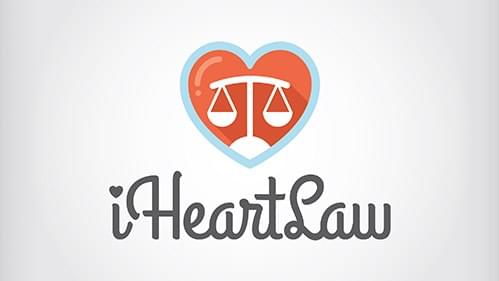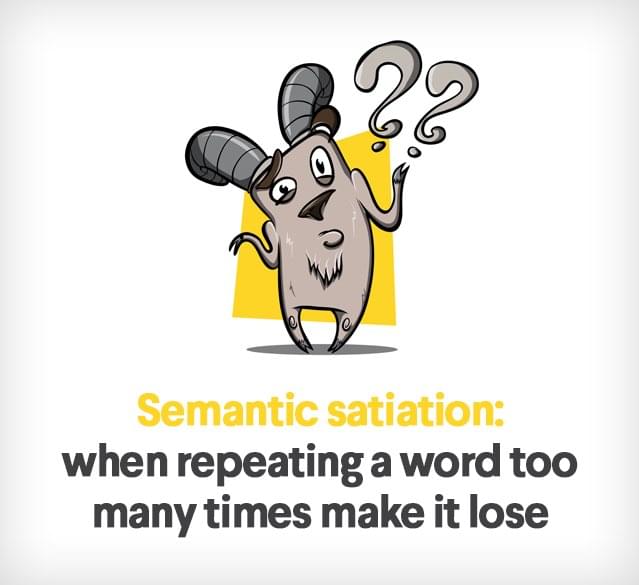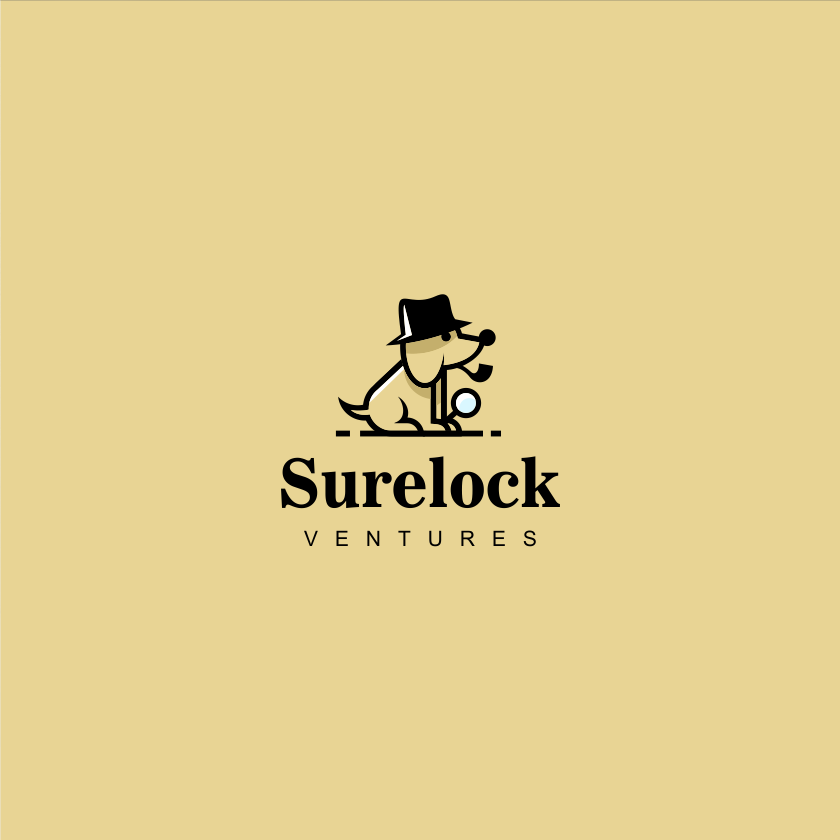This post was previously published on the 99designs blog. Want the best designs to revamp your business? Consider launching a design contest on 99designs!
Naming your business is one of the most exciting yet daunting tasks you have to do as an entrepreneur. The name is the introduction of your business to the world, the first thing that comes out of your mouth when you pitch, the one word you hope people will remember after you speak with them about your company.
Not only is it the first impression, but also, typically speaking, a lasting cornerstone of your business. You can iterate on your business plan, monetization, product, email marketing, logo design—virtually any part of your business’ strategy and execution—as you go, but once you’re set on a name, you will probably want it to stick.
So how do you go about baptizing the product of your professional efforts for hopefully many years to come? Design Thinking can offer some great tools to lead you to the perfect choice.

Even if you haven’t heard of the term before, you’ve probably already done some sort of design thinking if you’ve ever brainstormed as a group or used sticky notes in a workshop. The frontman of the discipline, Tim Brown, defines it as, “a human-centered approach to innovation that draws from the designer’s toolkit to integrate the needs of people, the possibilities of technology, and the requirements for business success.”
“I wanted a name and associated image that was evocative of the beach, so I thought a lifeguard tower was ideal.”
– Tower Paddleboards
I like to think of design thinking more simply as a set of principles, tools and exercises that enable us to structure our thinking and come up with more collaborative, empathetic and creative solutions to an array of problems. The fascinating thing about it is its versatility; although these are “design” tools, everyone—not only designers—can successfully leverage them, and on a wide set of challenges. So as you read this article and go through the exercises of the booklet, I encourage you to take mental (or physical) note of these tools and incorporate them in your personal toolkit as you face other tasks and challenges in your company’s life.
Now, let’s get you this name!
Step 1: Define
Actually, forget about the name for a second and start by considering the bigger picture. What is your company really about? What is the driving mission? At the core, what values do you, as a company, believe in and seek to portray to the world?
The reason why this is important to think about is that the name is not a standalone thing; it’s the first of many important elements of your company’s brand. As such it will play a role in the other design decisions you will have to make: both visual logos, color schemes, packaging, website, product design, etc.) and non-visual (company values, communication, marketing, etc.)

A company that nails this is Huge, a Brooklyn-based digital agency. You can see the “huge” element embodied in the logo itself, which displays the name in a bold, all-caps font. You can see it in their untimid use of black and magenta as the color scheme. You can see it on their website in the big images that occupy the majority of the page and in the large, bold font (AvantGarde Bold typefont, I believe) that accompanies the images.
And those were just the visual design elements—it doesn’t stop there. The copy of the website has a distinctive voice that matches exactly the boldness and cheekiness of their visual style (“Get paid for giving a shit” being a highlight of their careers page), and their company video illustrates a workplace culture of dynamism and movement: a bunch of people ready to make something huge. Everything ties together beautifully to speak to the same core values of innovation, boldness, and thinking big.
“The Kiva name came from the word ‘kiva,’ which is a sacred Native American chamber, a place where healing, community and even transformation can occur. It is with this holy landscape in mind that Kiva Confections was born.”
– Kiva Confections
So take a moment to write down your business’ driving forces: just a few bullet points are enough. Then keep referring back to them while you go through the rest of this process to make sure that there’s a connection between the name and the underlying values of your company.
Step 2: Discover
While it’s tempting to start making lists of names right away, it’s always a good idea to start off with some research to set the context and get the creative juices flowing.
Brush up on the lingo
You probably are already in touch with what’s happening in your field—it is probably your domain expertise, after all—but it can prove helpful to check out the latest articles and research on the topic. What are the key themes? What are people, both inside and outside the industry, buzzing about? What are the emerging trends? Jot down the keywords that encompass what experts and your (future) users care about, in order to ensure a customer-centric view.
Do your diligence on the competitors.
Next, do some good old Googling of your competitors. If you don’t have direct competitors, then look up major companies in your field. This should help you to get a good overall feel of the naming trends within your industry. You’re certainly under no obligation to fit the mold, but be aware of how much you’re “straying” from it and ensure that it is deliberate. For instance, if 99% of the companies in your industry are named “Last Name & Last Name & Associates”, you should be cognizant that naming your company “iHeartLaw” will be noticed—for the good or the bad, that we can’t say. While you look through your competitors’ names, also visit their websites and think about how well each name represents the company brand overall. Write down the ones you love and the ones you hate.


Consider company naming trends.
Some startup naming trends, with examples of both household-name companies and up-and-coming startups, are:
- One-word snappy names; think: Uber or Cups.
- Compound words; think: Evernote or TripleMint.
- Human names; think: Oscar or Claire.
- Mash-up names; think: Instagram or Dressometry.
- Suffixes like -ify, -ster, or -ly added to words; think: Spotify, Napster or Contently.
- Vowels-are-overrated names; think: Flickr or Stringr.
- Intentional misspelling of a word (beyond just eliminating vowels—i’s become y’s, c’s become k’s or q’s, etc.); think: Lyft, Rubrik or Proov.
“I used to try to be very clever about naming my startup… [Now], simply think about a real word that describes the service or a key feature of the service the startup will provide. This is how I arrived at the name Buffer.”
– Joel Gascoigne, Buffer CEO
There are benefits and drawbacks to each of these naming trends, especially when it comes to the logistics of establishing the company online, which we’ll address more in depth later in this article. Overall, the level of simplicity and domain availability are in reverse correlation, so you should be careful to strike a balance.
Lastly, you shouldn’t feel restricted to these formats. Many of my favorite company names don’t fall neatly under any of these categories, such as TheRealReal (The same word twice, really? Yet it works.), Robinhood (Will people take you seriously? Yes.), x.ai (What is that? Exactly.) and of course, my own startup day100 (A word and a number in the name? Yep, and we got a cool meaning behind it).



So consider these trends not as limitations but as handy examples while you think through variations or combinations of the names you come up with in the next step.
Step 3: Develop

Now we’re getting to the fun part: developing ideas, or brainstorming. Here’s a few tips on how to tackle this without going into semantic satiation (the fun phenomenon when repeating a word too many times makes it lose meaning) or getting buried in post-it notes (although I’ll tell you upfront, there’ll be a lot of ‘em):
- Quantity, not quality. Yes, you read that right. Unlike most things in life, this isn’t about nailing down the perfect name right away, but about generating a lot of ideas that can build on each other.
- Teamwork makes the dreamwork. You can certainly do a lot of brainstorming by yourself, but fresh perspectives can be very helpful and surprising. So if you can, pull in other people and create a brainstorming environment where people feel comfortable in sharing wild ideas and judgment is deferred.
- Get visual. As Tom and David Kelley say in their book Creative Confidence, a leader should never hesitate to reach for a marker. So don’t just write, but also draw up your ideas. Sketch badly; it’s not about artistry, but about getting the point across. The images can inspire the name, and as a bonus, now you also have a vision for your company logo.
“[We] had two requirements for the name: we wanted a three letter word that started with a “W” and something that was easy to remember.”
– Wix
- Play games. A brainstorming session where you just sit down and write a bunch of names in stream-of-consciousness style is not going to last long. Make it fun and more productive by integrating exercises and challenges. We’ve got you covered: check out our booklet for brainstorming exercises.
- Cheat a little. You don’t have to come up with every name by yourself or with a team. Leverage Thesaurus for synonyms of relevant keywords, and naming tools like Naminum and Namemesh for a wide range of name variations based on a keyword.
- Iterate. Of course, the golden rule of startups applies here too. Take a break (or a walk or a nap) and go through the brainstorming exercise again, then again. Try to vary your surroundings to promote a different creative process. If it’s a group effort, try it out with different groups, such as team members, friends, future users, etc. and different group sizes.
Step 4: Deliver
Your brainstorm session(s) probably yielded hundreds of naming ideas. Now it’s time to gather all the scraps of paper, sticky notes and doodles in front of you and start to narrow down.
Strike the “meh” ideas out
Here’s how to:
- First, group them according to similarities (e.g. same root word) and eliminate any doubles.
- Second, eliminate those that are semantically too complex and would be very cumbersome to spell/type. Believe me, you don’t want to miss out on sales opportunities down the line because the sales lead couldn’t spell your company name and therefore couldn’t reach you online.

- Third, try to say them out loud. Are they easy to say? And do they sound funny? Don’t be the Silicon Valley show bunch who came up with SMLLR, aiming for “smaller”, then realized it could also be read as “smeller”.
- Fourth, test this with other people; preferably people who are unfamiliar with what you do. Ask them about their initial impressions of the name: how it sounds to them and what it makes them feel like. See how this compares to the company values and mission that you outlined at the very beginning of the process.
Check availability of shortlisted names
Now that you have a shortlist of names, you have to check if they’re actually usable. You need to verify not only the domain availability, but also of the relevant social media: Twitter, LinkedIn, Facebook and Instagram being the most popular. The free one-stop-shop for this is Namechk, which will automatically check for you the availability of each name you input on all possible platforms.
“We knew we wanted a name that was easy to remember, approachable and friendly, but we didn’t want it to be a word that already existed. Dave [Rusenko, Weebly co-founder] actually built out an algorithm that would automatically generate available domain names based on rules such as length, the combination of consonants and vowels, and the .com being available. When we saw Weebly, we knew it was the winner.”
– Dan Veltri, Weebly co-founder and CPO
What if it’s not available? It happens more often than you’d think; in this day and age most domains, especially the simple ones, are long gone. Thankfully there’s options or creative tweaks if the exact name you’ve set your heart on isn’t readily available:
- Try a popular not-com domain. The most widespread alternative domain endings, especially with startups, are .co, .io, .net and the newly-trendy .xyz. You can easily check the availability of a whole bunch of domain endings on Namechk too.
- Get industry-specific. Some domain endings are better for some industries than for others: for instance, you can pick .cash for finance, .tech for technology, .shop for ecommerce and so forth. Check out a more comprehensive list.
- Get more creative. Have the domain ending play with your company name, e.g. companies like soul.camp and bonus.ly integrate the ending seamlessly into the name.
- Compromise. Look back at the trends and see if dropping a vowel or changing a consonant to its phonetic equivalent makes a difference. Is that a compromise you’re happy with?


Test and decide
Okay. You did the rough narrowing down, assessed people’s reactions to multiple options, checked the name availability, and now you’re down to your top two or three. How to go about that seemingly impossible task of picking one?
I wanted to make up a new word for easy brand recognition and SEO purposes, and also wanted it to be easy to pronounce.
– Bellgray
If your gut is not steadily pointing you to one direction, democratize the process. Sure, you can keep asking people personally, and while that’s a solid strategy in many ways, there will always be some bias and a limited sample size affecting the accuracy of that survey.
Instead, take it online. Here are two ways of doing that:
- The hacker’s way: A/B test it, and let the numbers do the talking. You can do that by setting up identical landing pages and running targeted ads for your intended users/clients. Then compare traffic/engagement and pick the popular vote. The entrepreneurial blog StartupBros provides a great example. This is an excellent strategy because it comes as close to simulating real life as possible and you’re sure to make a data-driven decision.
- The social way: The process above may look a little daunting or unappealing to someone with minimal technical chops or someone who would rather not spend money in this effort. Cue the social way: asking your connections in your online social network. Chances are you have LinkedIn, Twitter and Facebook, which for most professionals will easily amount to hundreds if not thousands of connections. Set up a short-and-sweet poll and share it with them. You can do that with free external polls such as Google Forms, which offer the convenience of having all results in one place and pre-analyzed for you. Alternatively, you can post the polls directly on the social media platforms, either by using their built-in polling tools (Twitter’s is free; Facebook’s is paid), or by simply posing a question and options in the form of a status. Granted, analyzing the data will involve some manual effort, but the response rate will probably be higher. Whichever way you choose, a hidden benefit of the social way is the marketing effect: you’re creating awareness about your company within your network and getting people excited that they get to have a say in your branding process.
Go name your business!
Young grasshopper, you’re ready. These design thinking tips and the exercise booklet hopefully have supplemented the toolkit needed to come up with a creative, memorable, meaningful and available (!) name for your company. It’s work, I know, but after all you won’t get a second chance at the first impression, so it pays off to do it right.
 Anada Lakra
Anada LakraAnada is the co-founder of day100.me, a data & analytics platform for recruiting. She loves geeking out about business strategy, design and user experience. When she's not drinking coffee, you can find her biking or practicing yoga.




